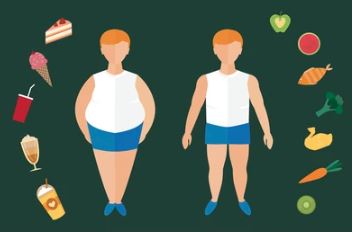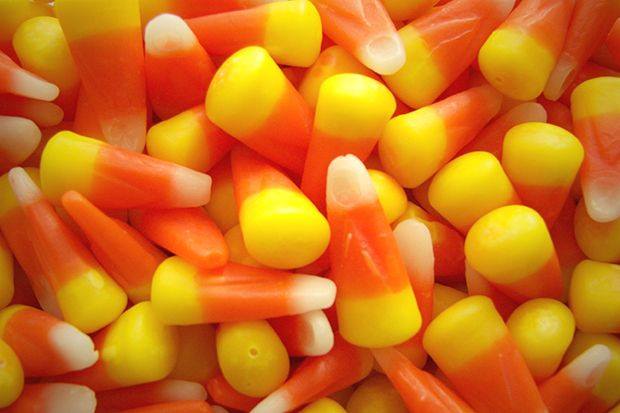ITG Diet Blog
The ITG Diet blog delivers informative weight loss tips, health resources and nutritional information to help you along your weight loss journey.
Hmm... Where Does the Fat Go?

When you drop pounds, do you sweat it out? Urinate it out? Breathe it out? The answer is… all of the above!
Where the Weight Gain Comes From
When you have extra pounds to lose, you are most likely taking in more calories than you’re expending each day. You burn calories by breathing, thinking, heart beating, and through digesting the food you eat. That would be your resting heart rate, RHR, or your basal metabolic rate, BMR. You also burn off calories by standing up from your seat, walking, and planned exercise activity. If you’re eating high sugar and high fat foods, these macronutrients tend to add up quickly. When they aren’t being used, or “burned off” quickly enough, some of them get stored away for later use as fatty acids in your fat cells. The more food you eat that your body doesn’t need, the more storage space it creates – think of your town adding lots more storage facilities as the population grows. Too much food? More storage space will show up and you’ll experience weight gain.
How Diet or Exercise Can Get Rid of Stored Fat
Dieting isn’t always as simple as calories in versus calories out. For example, eating 500 calories of broccoli is not going to have the same effect on your body as eating the 500 calories found in one King Size Snickers Bar… (first off, good luck eating all that broccoli – 500 calories would amount to 16 cups!) The quality of the calories definitely counts as to how your body treats the food. Eating a couple cups of broccoli will keep you fuller for longer and give your body vitamins and nutrients it needs, whereas a Snickers Bar will overload you with sugar and fat. Your body will store most of it away, especially if you’re sedentary. Plus, you'll probably feel hungry again in a short amount of time and increase your cravings for more sugary and fatty foods.
When you limit the amounts of fats and sugars you eat through dieting, your body will need more energy than you’re providing it with. It will turn to those fat storage centers to begin the process of releasing the fatty acids they contain. Through metabolic processes, the fatty acids are converted to energy that your body can put to use. When fat is metabolized, it is broken down into energy molecules, water, and carbon. The carbon combines with the oxygen you breathe in, and when exhaling, you’ll breathe out the CO2, carbon dioxide – and that’s when the broken down fat leaves your body. The water left over is leaving your body through sweating and urination. When exercising and breathing heavily, your body is increasing the rate of metabolizing some of that stored fat by getting in the right amount of oxygen to keep up with the process.
So Now You Know Where That Fat Goes
It doesn’t magically disappear. It’s a really cool scientific process that utilizes energy sources and eliminates waste products, very similar to how a car burns gasoline to create exhaust while burning rubber on the streets. A proper balance of diet and exercise when in Step 3 Maintenance helps to keep the body balanced and can help stop weight gain in its tracks. Remember that it isn't always about calories in versus calories out. The quality of the foods you eat matters more. Lean meats and low glycemic fruits and vegetables in the correct portion sizes are the best bet for weight maintenance over time.
Important to Remember!
Too much exercise will cause you to need a lot more food than you need to be able to lose weight – after all, your body will be trying to build muscle, which means it needs more ingredients to do so. This can stall you on the way to your goal. That’s why with ITG you’ll want to stick with light-moderate activity such as walking, biking, swimming or other activities that don’t make you feel super hungry afterwards. The American Heart Association recommends that we get in 150 minutes per week of moderate intensity aerobic activity, which is 30 minutes a day, 5 days a week.
Always check with your doctor before beginning any type of diet or exercise program.












Wellness Coordinator Stern Cardiovascular
Excellent article! Very informative!